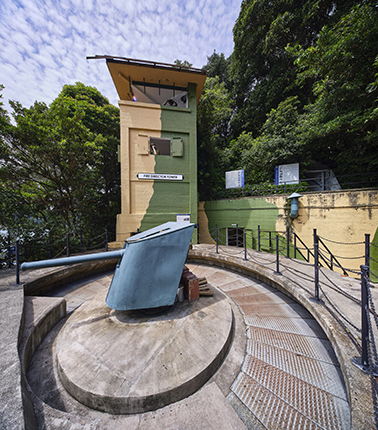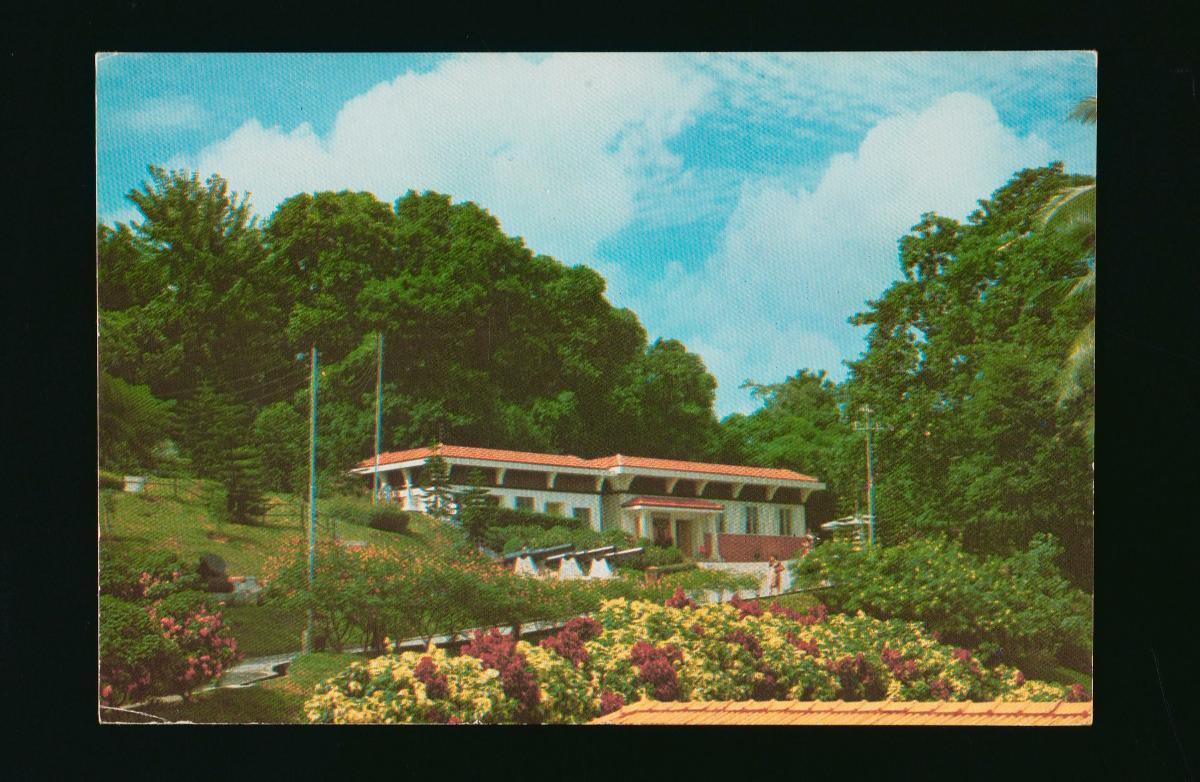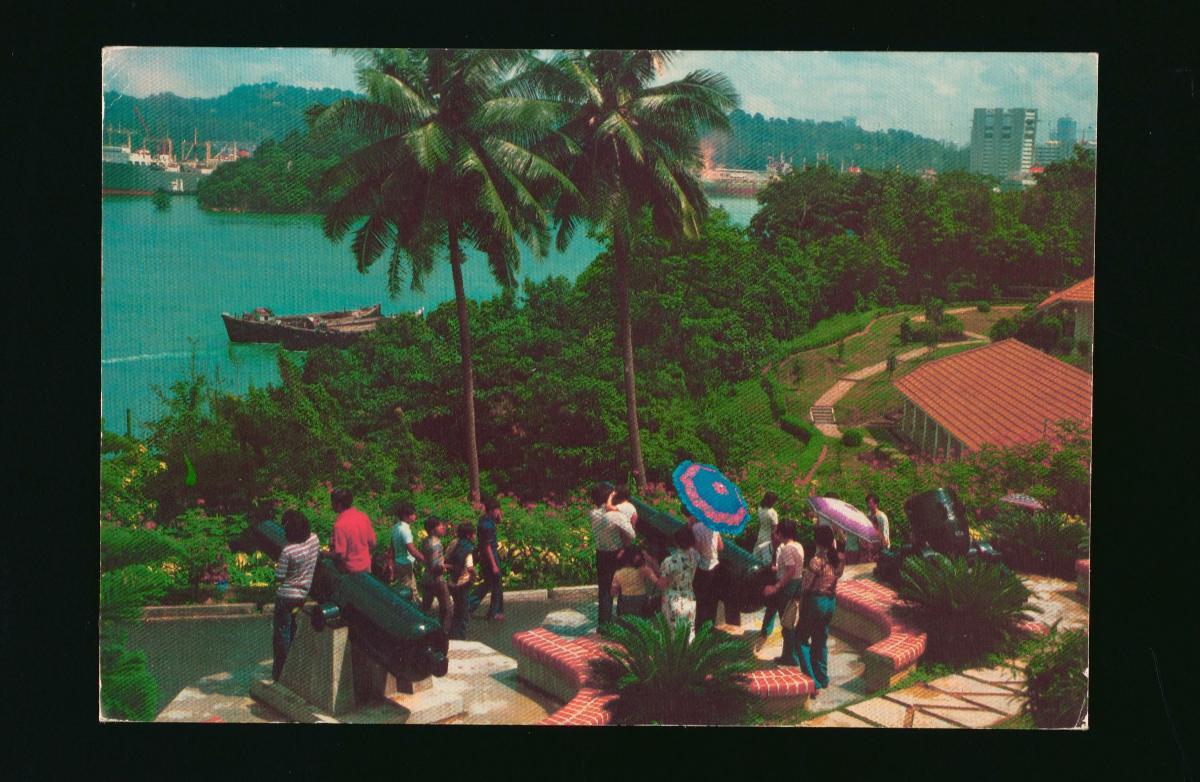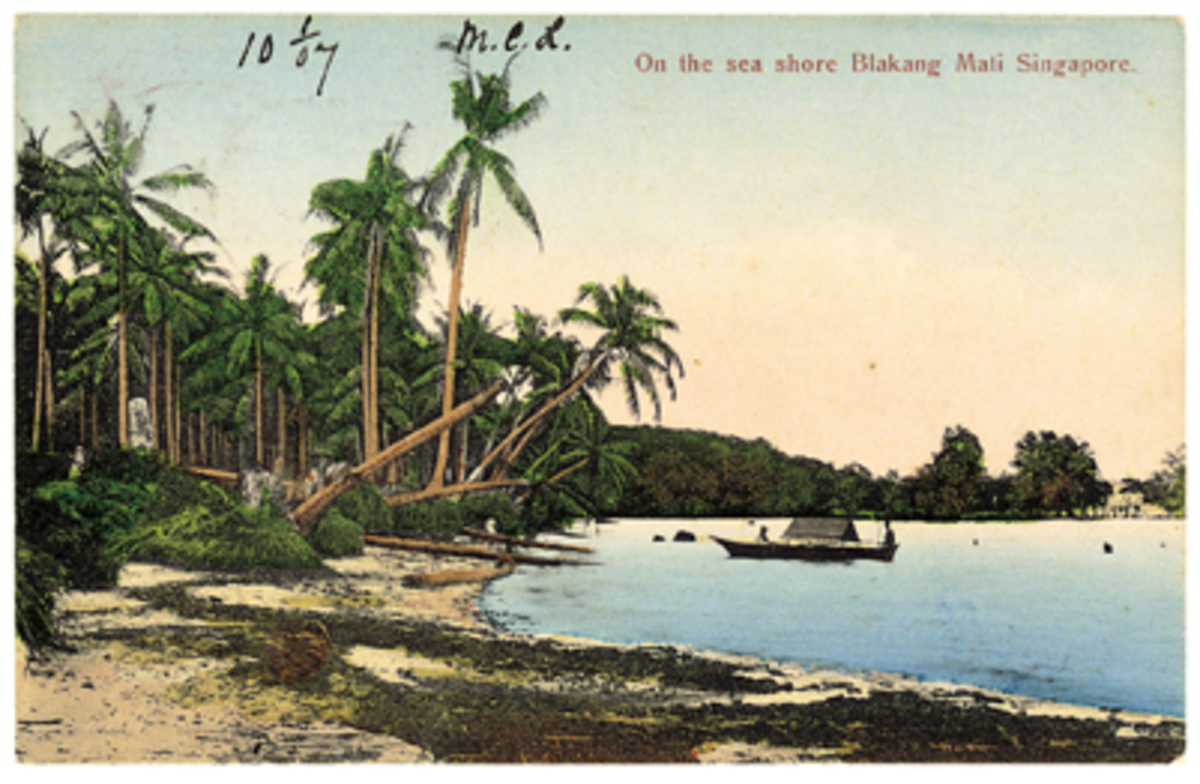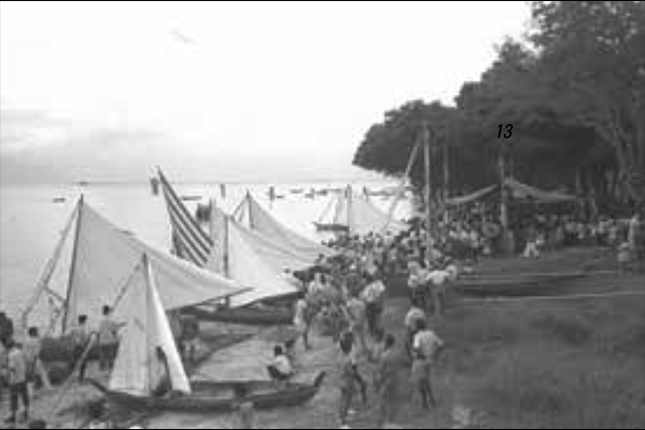From 1878, Fort Siloso was constructed to defend the western entrance to Keppel Harbour and the straits around Singapore. Built on Mount Siloso, the fort includes artillery and antiaircraft emplacements, as well as machine gun, search light, and command posts. There is also an extensive network of barracks, casemates, underground magazines, and tunnels built into the hill.
The fort was designed by Colonial Engineer Henry McCallum, who also oversaw its construction. As there was no existing road leading up the hill, Chinese coolies working on the fort had to haul heavy artillery and other equipment through the arduous, labour-intensive parbuckling system.
The first artillery emplacements here consisted of earthwork batteries housing three 7-inch rifle muzzle loading guns and two 6-inch quick-firing guns. However, within a few years, these guns became inadequate to deal with the threat of ironclad warships. By the 1890s, breech loading guns, which had a faster rate of fire, were added and armed with armour-piercing shells. The gun array would be upgraded several times until the 1930s.
Since the late 19th century, the batteries of Fort Siloso had been positioned to repel seaborne assaults from the south. During World War II, the guns were turned around as the Japanese invasion arrived from the north. Despite suffering heavy bombing, the batteries of Blakang Mati continued to fire on Japanese forces before being destroyed on the eve of the fall of Singapore to deny the Japanese their use.
The guns of Fort Siloso and the other forts on Blakang Mati became non-operational after 1957, when the British Army phased out fixed coastal artillery defences. On 15 February 2022, Fort Siloso was gazetted a National Monument.
Explore the Suggested Short Trail Routes:
-
Kampong and Barracks, 2 hours with public transport, 3km
-
Forts, 2 hours on foot, 4km
-
Memories of Sentosa, 1 hour on foot, 2.5km




